Ah, the open road! The allure of adventure, the wind in your hair, and… the sneaky suspicion that the RV dealer might’ve just pulled a fast one on you? The RV industry promises the dream of freedom on wheels, but for some, the buying process feels more like navigating a maze with a blindfold on.
As more folks turn to RVs for their great escapes (or to escape their in-laws), the relationship between buyers and RV dealers becomes a hot topic of campfire conversations. This article aims to park right in the middle of the age-old question: “Why are RV dealers perceived a shady?” Buckle up; it’s going to be a wild ride!
Key Takeaway:
Stereotypes, while often rooted in isolated truths, can overshadow an entire industry. By understanding the nuances, buyers can confidently make informed decisions and navigate the RV purchasing process.
RV Industry Historical Context
The RV industry has undergone significant transformation from the early days of motorized campers to today’s luxurious motorhomes.
As the demand for these mobile homes grew, so did the number of dealerships, each vying for a piece of the lucrative market. Over time, as with many industries, certain sales practices began to cast a shadow over the RV dealer landscape, leading many to wonder why dealers have so much inventory.
Some of these practices, driven by the pressure to make sales and maximize profits, inadvertently sowed the seeds of mistrust among consumers.
Table 1: Evolution of RV Sales Over the Decades
| Decade | Key Developments | Notable Sales Practices |
|---|---|---|
| 1960s | Introduction of modern RV designs | Direct, in-person sales pitches |
| 1970s | Oil crisis impacts RV popularity | Emergence of financing options |
| 1980s | Technological advancements in RVs | Expansion of dealership networks |
| 1990s | Rise of luxury RV models | Increased marketing and advertising |
| 2000s | Digital sales and online platforms | Online reviews and customer feedback |
High-Pressure Sales Tactics
Much like the automobile industry, RV salespersons are often perceived as pushing customers to make quick decisions, upselling unnecessary features, or creating a sense of urgency around limited-time offers.
Table 2: Common High-Pressure Sales Tactics and Their Implications
| Sales Tactic | Implication for Buyer | How to Counteract |
|---|---|---|
| Limited-time offers | Creates urgency; may rush decision | Research ahead; know market prices |
| Upselling features | Increases cost; may not add value | Determine needs beforehand |
| Withholding full cost details | Unexpected expenses | Ask for itemized breakdown |
Key Takeaway:
Recognizing these tactics is the first step. Buyers equipped with knowledge and a clear sense of their needs can navigate these pressures more effectively.
Transparency Issues
Another significant concern is the lack of transparency. Some dealers might not be upfront about the total costs, including hidden fees or the true condition of a used RV.
This lack of clarity can lead to unexpected expenses down the road or the realization that the RV requires more maintenance than initially thought.
Table 3: Areas Where Transparency May Be Lacking and How to Address Them
| Area of Concern | Potential Risk for Buyer | Proactive Measures |
|---|---|---|
| Hidden fees | Increased final cost | Request a detailed price breakdown |
| Undisclosed RV conditions | Future repairs and maintenance | Get an independent inspection |
| Misleading financing terms | Higher long-term costs | Consult with a financial advisor |
Key Takeaway:
Transparency is a two-way street. While dealers should be open and honest, buyers can also take steps to ensure they have all the necessary information.
Complexity of RVs
RVs are not just vehicles; they’re mobile homes with intricate systems, from plumbing and electrical to the mechanics of the vehicle itself.
This complexity can sometimes be a double-edged sword. On one hand, it offers the comforts of home on the road.
On the other, it provides dealers with opportunities to downplay or omit information about potential issues.
Table 4: RV Systems and Potential Concerns
| RV System | Common Issues | Questions to Ask Dealer |
|---|---|---|
| Plumbing | Leaks, outdated systems | When was the last full system check? |
| Electrical | Faulty wiring, battery issues | Are there any recent electrical upgrades? |
| Mechanical | Engine troubles, wear and tear | What’s the maintenance history? |
Key Takeaway:
The more complex the product, the more questions a buyer should ask. A thorough understanding of an RV’s systems can lead to a more informed purchase.
Financing and Affordability
Financing is a cornerstone of the RV buying process. Given the significant investment an RV represents, many buyers rely on financing options to make their purchase feasible. However, this area is rife with potential pitfalls. Some dealers might prioritize financing options that offer them higher commissions or incentives, rather than what’s genuinely in the buyer’s best interest.
Some dealers might prioritize financing options that offer them higher commissions or incentives, rather than what’s genuinely in the buyer’s best interest.
Table 5: Financing Pitfalls and How to Navigate Them
| Financing Concern | Implication for Buyer | Best Practices |
|---|---|---|
| High-interest rates | Increased long-term cost | Read all terms carefully; consider a legal review |
| Hidden fees or terms | Unexpected expenses | Evaluate the total cost over the loan’s life |
| Long loan terms | Paying more over time | Evaluate total cost over the loan’s life |
Key Takeaway:
Financing is a tool, not a trap. By being diligent and understanding the terms, buyers can ensure they’re getting a deal that aligns with their financial health.
Service and Warranty Concerns
After the sale is where the rubber meets the road for many RV buyers. Service and warranty issues can be a significant source of friction. Some buyers report delays in service appointments, challenges in getting warranty work approved, or dealers being unresponsive to concerns.
Table 6: Navigating Post-Sale Service and Warranty Issues
| Concern | Potential Impact | How to Mitigate |
|---|---|---|
| Delayed service | Time without RV; potential further damage | Schedule regular check-ups; build rapport with service team |
| Warranty disputes | Out-of-pocket expenses | Understand warranty terms; document all issues |
| Unresponsive dealers | Frustration; unresolved issues | Seek reviews on dealer’s post-sale service before purchase |
Key Takeaway:
The relationship with an RV dealer doesn’t end after the sale. Ensuring a dealer has a reputation for excellent post-sale service can save headaches down the line.
Regulatory Landscape
The RV industry, like many others, operates within a framework of regulations and standards. However, these regulations can vary widely by region and might not be as stringent as those in other sectors, like the automobile industry. This variability can lead to inconsistencies in business practices.
Table 7: Regulatory Aspects and Their Implications for Buyers
| Regulatory Area | Potential Concern | How Buyers Can Protect Themselves |
|---|---|---|
| Sales practices | Misleading tactics | Familiarize with local consumer protection laws |
| Vehicle safety | Potential hazards | Check for safety certifications; ask about recalls |
| Financing regulations | Unfavorable terms | Understand local financial regulations; consult experts |
Key Takeaway:
Being informed about the regulatory landscape can empower buyers, ensuring they know their rights and the standards dealers should adhere to.
Reputable Dealers vs. Stereotypes
While there’s no denying that some negative experiences have shaped the public’s perception of RV dealers, it’s crucial to remember that many dealers operate with the utmost integrity.
These dealers prioritize customer satisfaction, transparency, and long-term relationships over short-term gains.
Table 8: Traits of Reputable Dealers vs. Stereotypical Dealers
| Traits of Reputable Dealers | Traits of Stereotypical “Shady” Dealers |
|---|---|
| Transparent pricing | Hidden fees and costs |
| Comprehensive after-sales support | Limited or unresponsive post-sale service |
| Clear and fair financing options | Confusing or high-interest financing |
| Open communication | High-pressure sales tactics |
| Positive customer reviews | Mixed or negative reviews |
Key Takeaway:
Not all dealers are created equal. By focusing on the positive traits and being wary of the negative ones, buyers can find dealerships that align with their values and needs.
Consumer Tips
To wrap up our exploration, it’s essential to arm potential RV buyers with actionable advice. Knowledge is power, and by understanding the landscape and potential pitfalls, buyers can approach the RV purchasing process with confidence, ensuring they’re making the best decision for their needs and budget.
Table 9: Tips for Potential RV Buyers
| Tip | Description |
|---|---|
| Research | Spend time understanding the RV market, models, and prices. |
| Reviews | Read reviews of both the RV models and dealerships. |
| Inspections | For used RVs, consider getting an independent inspection. |
| Financing | Understand all terms and consider consulting a financial expert. |
| Negotiate | Don’t be afraid to negotiate on price or terms. |
| Warranty | Ensure you understand the warranty’s scope and duration. |
Key Takeaway:
An informed buyer is an empowered buyer. By following these tips, potential RV owners can ensure they’re making the best decision for their needs and budget.
Conclusion
The RV industry, with its rich history and diverse range of products, offers the promise of adventure and freedom. However, like any significant purchase, it comes with its challenges.
While the stereotype of the “shady” RV dealer persists, it’s essential to approach the buying process with a balanced perspective.
By understanding the nuances, being informed, and focusing on reputable dealers, buyers can navigate the RV world with confidence, ensuring their journey on the open road is a joyful one.
Thank you for joining us on this exploration. We hope this guide serves as a valuable resource for all potential RV enthusiasts. Safe travels!




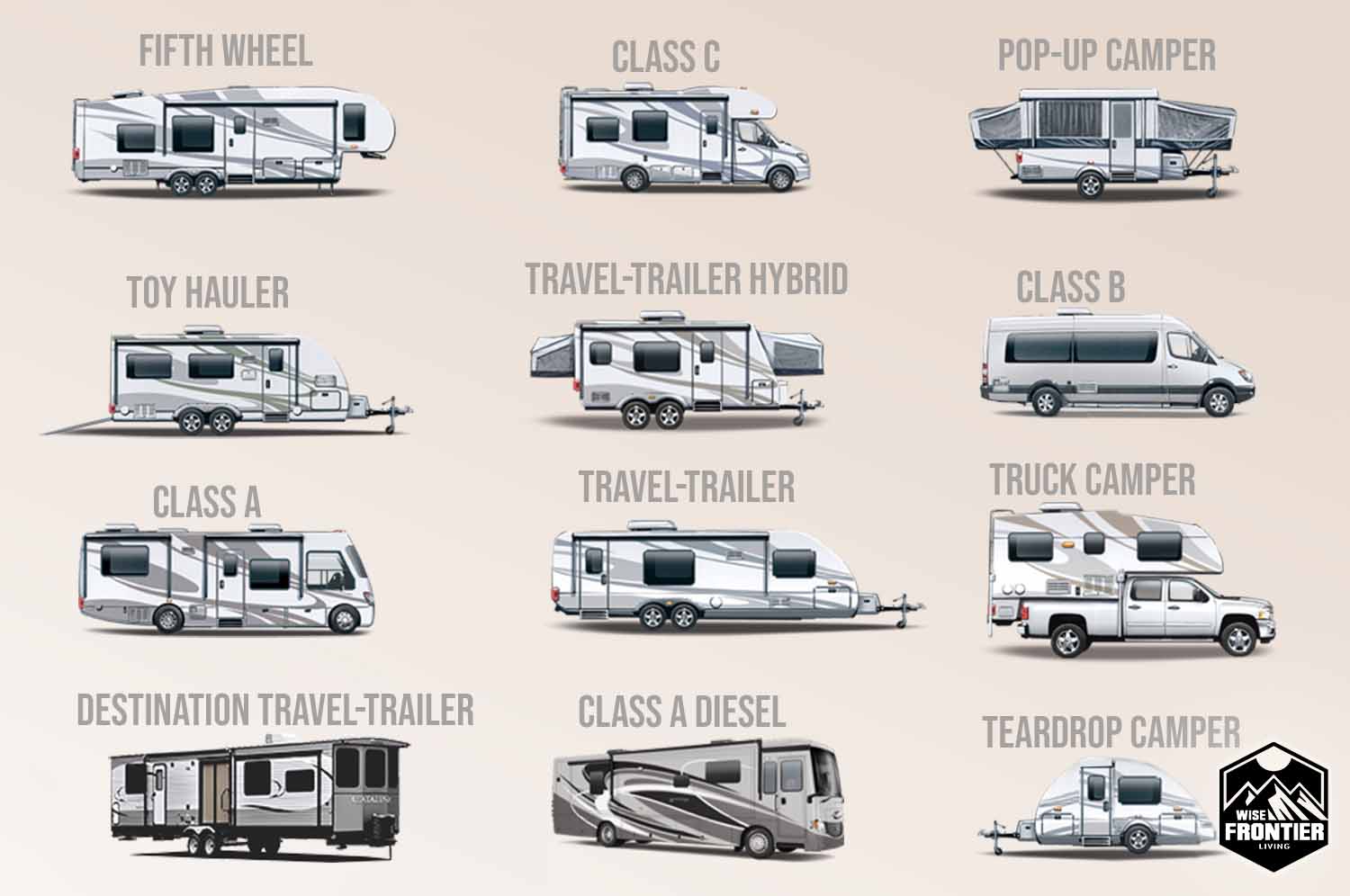
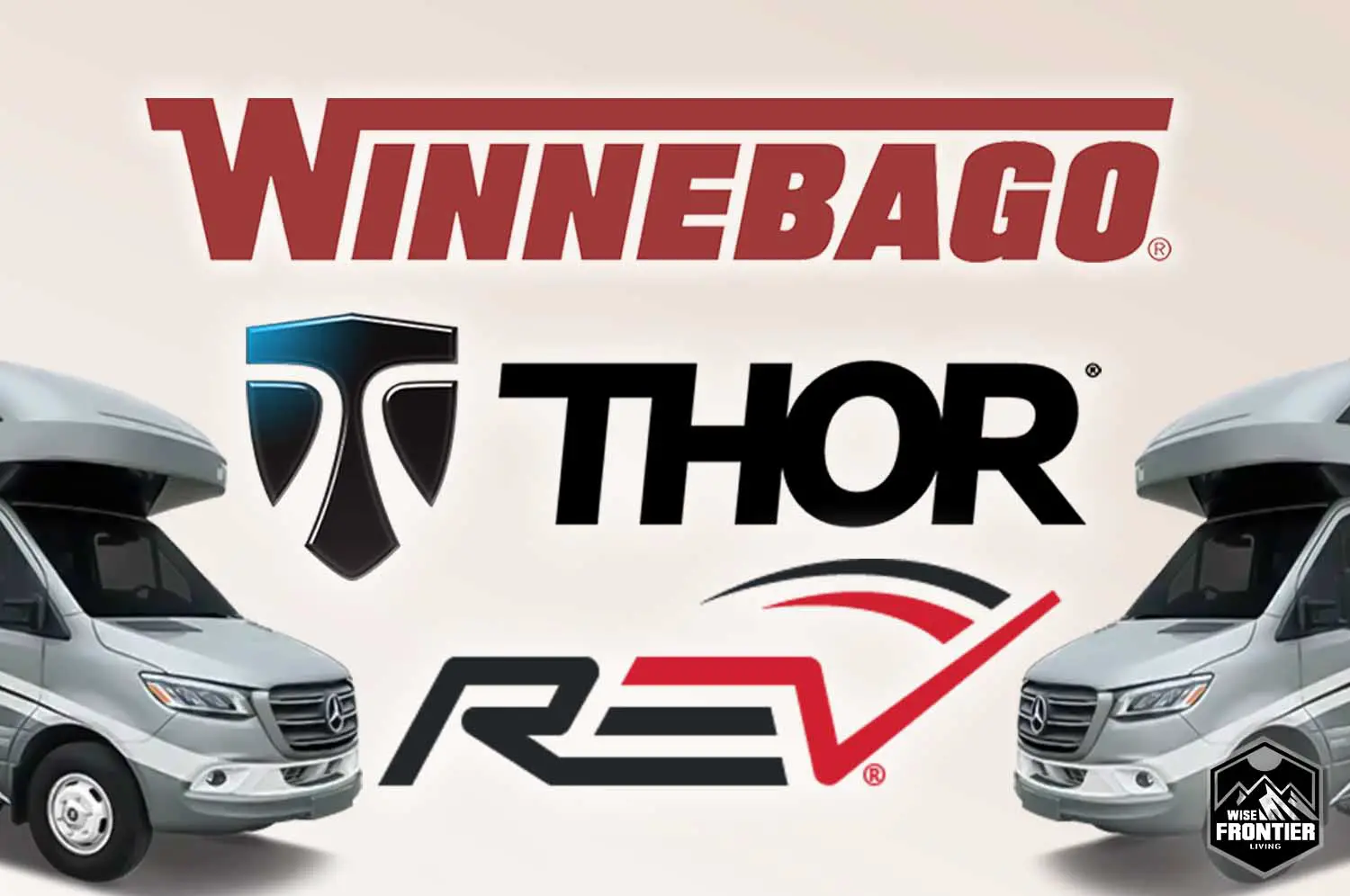



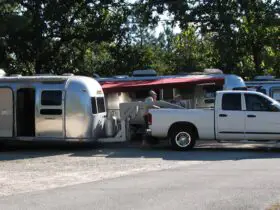



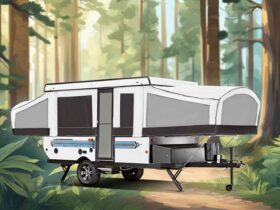
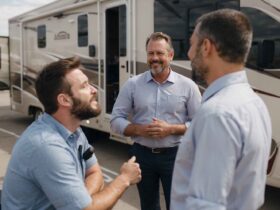
Leave a Reply